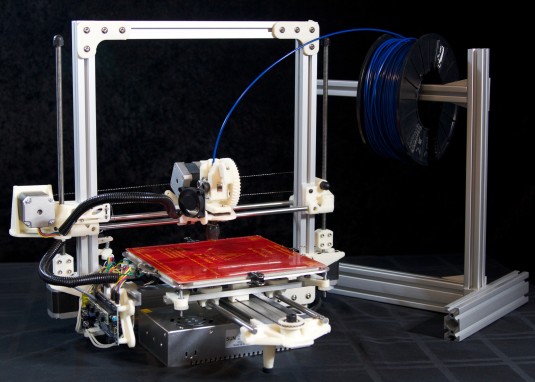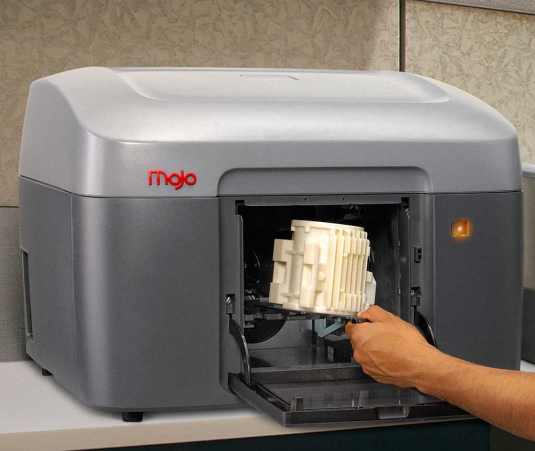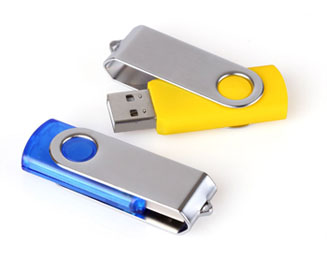What 3D Printing Will Offer in 2015
What used to be a machine used on an industrial level is now available for consumers. 3D printing is no longer that inaccessible, but it remains to be a complex machine to use, even when designed for home use. The good news is there will be major improvements in 3D printers this 2015, as shown during the Consumer Electronics Show (CES) 2015.
Accessibility
The concept of 3D printing is basically the same as any printer except for the design software used, which is unlike a word processor or editing programs available today. But all this is about to change. If CAD software used to be the weapon of choice before, different companies are gearing towards creating more user-friendly design software, one that will make non-designers feel like a pro. But a real standout is Matter and Form, a crowdfunded portable scanner that allows a design to be scanned and then uploaded to a 3D printer. It takes out the hassle of everything design-related.
Availability
Despite the various models of 3D printers, the materials used are fairly limited. One machine, for instance, only uses plastic filament, with no support for ABS (acrylonitrile butadiene styrene). This also limits the kind of objects a printer can produce. This year, more materials will be made available. MakerBot, for one, has already announced their plans to offer spools of PLA composite materials, including stone, metal and wood. For another, 3D Systems is offering their desktop 3D printer with a nylon filament.
Elementary
Several companies have revealed their plans of introducing 3D printing in the classroom. MakerBot has not only set up facilities in different universities, but also plans to educate students on the whole design process. Combined with user-friendly design software, 3D printing would be very accessible. It would also make it easier to integrate STEM subjects in the curriculum.
Expect more changes as 3D printing becomes widely available and used.






